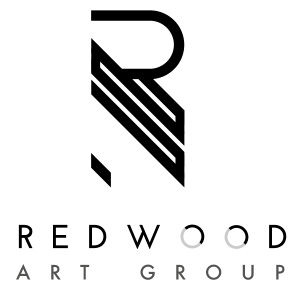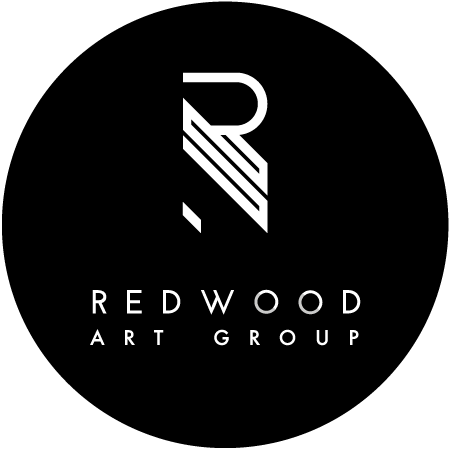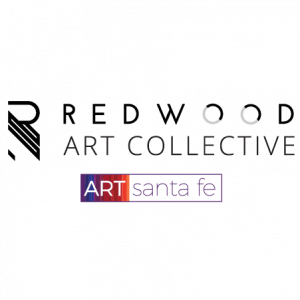
Pricing Artwork 101: How to Price for Art Sales Success

Art industry pro Eric Smith offers three best practices for pricing artwork.
Proper pricing is key in determining any independent artist’s success. The challenge is finding that combination of elements that works for you. I wish I had a one-size-fits-all approach to pricing out a piece. The fact of the matter is, there are many business aspects to consider. It can be a tricky process, but once you know the rules of the game, you’ll be better positioned for market success.
Let’s start with the basics. Here are three best practices when it comes to pricing art.
1. Put Yourself in the Consumer’s Shoes
When displaying your art, be upfront about your pricing. Artists who display their works without prices are asking consumers to pass them by. Consumers can feel intimidated (afraid or embarrassed to ask a price) or lose interest if a price is not immediately clear.
Think about the last time you went into a jewelry store. Clearly marked prices let you pass by what you can’t afford, allowing you to focus your time on pieces within your price range.
Use what I call the TAPS approach to retail pricing: The title, artist, price, and size should always be clearly displayed. This encourages the consumer to ask questions like:
- Where did the title of this piece come from?
- Who is this artist?
- Where is he or she from?
Questions like these open up the piece for discussion and allow you or your dealer to engage the consumer, encourage sales, and get a feel for the type of pricing the market will support. A piece that you feel was priced on the higher end might be a no-brainer for an interested and seasoned collector. Or perhaps you’ve out-priced yourself, given the reaction of passersby. Either way, you’ll know for next time what works best.
For example, if buyers see a piece with a retail price of $5,000 by an artist whose name they do not recognize, they’re going to wonder why. Give them a reason. Perhaps it took you a month to paint; maybe you’ve earned some notable awards or a prestigious degree. If you can’t present proper justification, a reconsideration of your pricing approach is necessary.
2. Analyze Your Abilities and Determine Your Focus
Now that you have a general idea of the rules of retail pricing, it’s time to tailor it specifically to you:
- Ideally, how much would you like to make per hour?
- How long does it typically take you to create a piece?
- How many pieces can you produce in a month?
- What other considerations should be factored into your pricing?
Determine the level and focus of your artistic skill. If your artistic strengths lie in time-consuming works like pointillism or photorealism, then you’ll need a strong gallery that will command higher prices.
Conversely, more prolific painters who are productivity-oriented can produce more works and therefore hit a larger gallery base. Artists who are relatively prolific are most attractive to galleries and publishers because they provide a large enough body of work to market, maintain, and sell on a regular basis. Think about greats like Picasso, Warhol, Lichtenstein, and Rauschenberg. These are all prolific artists with a massive volume of works.
It’s hard to host a successful gallery show with an artist who can only produce six pieces or less per month. However, the less prolific artist might find success by solely targeting a higher-end collector base, keeping in mind that the exposure process can be slow and works would likely be priced higher in order to account for the lower amount of pieces created and sold.
3. Remember the Big Picture When Working with Galleries and Publishers
Galleries and publishers can provide the needed marketing and exposure necessary to turn lesser-known artists into a well-respected talent.
Remember, galleries are going to mark up an artist’s work by at least 100 percent, so it’s important to keep this in mind—and the benefits a gallery is offering you—when it comes to pricing your work for wholesale. The best approach is to start with a retail price knowing that you will receive 50 percent or less of the price paid by the consumer.
Let’s say you spent 30 hours painting a work of art, and you want to make $25 per hour. You would want to wholesale that piece to a gallery for $750, knowing that they would mark it up 100 percent to $1,500. Then they would most likely invest in a frame and retail it for $1,995. Everybody wins.
In continuing with that example, if you only painted five pieces a month, you’d only make $3,750 a month. If that’s enough, great. If not, you should be trying to increase your prices as you grow more popular.
Don’t worry: Your comfort level will improve as you gain more experience in the market. The most important thing is to be prepared and work together with your gallery, publisher, or representative when it comes to pricing. Have a long-term plan. Now that you have the facts, it is up to you to determine your direction. Remember, it takes a lifetime to become an overnight success as an artist.

Eric Smith is the president and CEO of Redwood Art Group. Smith spent eight years at Martin Lawrence Galleries, managing over 20 locations and 105 employees selling Warhol, Rosenquist, Rauschenberg, and more.
To learn more about selling your artwork online or exhibiting at one of Redwood’s art fairs, sign up for our mailing list below.





